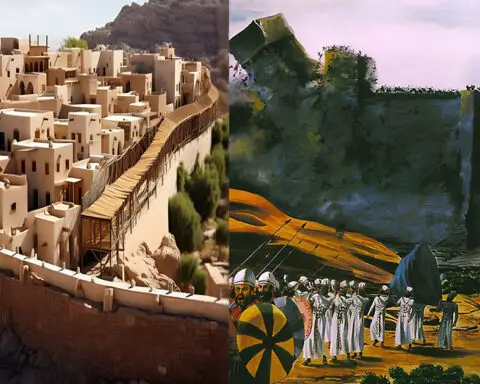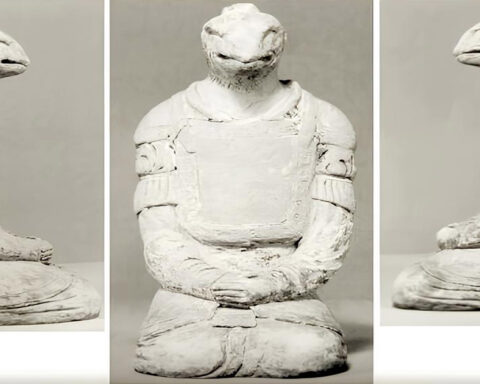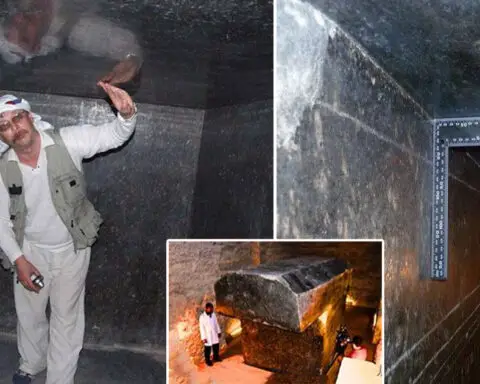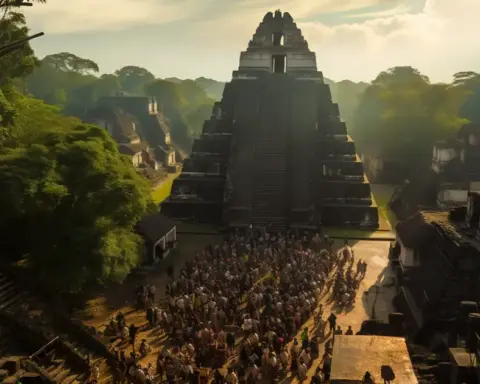In the verdant plains of Thanjavur, where the Indian subcontinent breathes tales of a time long etched in stone, stands the Brihadeeswarar Temple. This architectural behemoth, also known as the Big Temple, is not only a spiritual beacon but a conundrum of engineering that has puzzled scholars and enthusiasts for ages.
The Gravity-Defying Apex
At the zenith of the temple’s vimana (tower), a colossal 80-ton granite monolith known as the Kalasam challenges the sky at a staggering height of 216 feet. How one might ask, was this formidable stone crown lifted to such a height without the modern machinery that today’s engineers take for granted? The historical narrative lacks written records, leaving the field rife with speculation and awe-inspired theory.
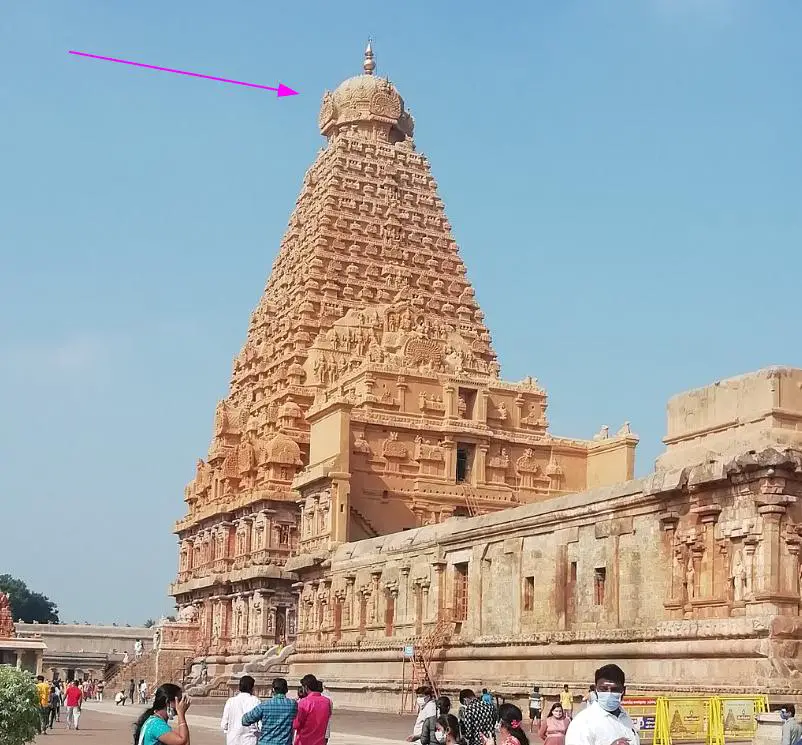
The earthen ramp theory, while the most cited, seems almost too pragmatic for such a feat. The idea posits that a monumental ramp of earth and stones once spiraled up to the temple’s heights, upon which the Kalasam was hauled by a legion of workers. However, the absence of any remains of such a gargantuan structure has pushed some to consider more enigmatic methods.
Sound Levitation: Myth or Forgotten Science?
Amid the whispers of folklore and the silence of lost knowledge, there lies the tantalizing theory of sound levitation. Could the ancient architects have mastered a cryptic science that harnessed the power of sound waves, resonance, and rhythmic chanting to create an acoustic force capable of lifting the Kalasam? This speculation is not grounded in any empirical evidence, yet it persists, captivating the imagination, and suggesting that our ancestors might have known secrets that we, in our technological hubris, have yet to rediscover.

The Mystery of the Granite’s Origin
Adding to the temple’s mystique is the enigma of its granite. With no mountains in close proximity to Thanjavur, the stone’s origin is a riddle. How was this granite extracted and transported across vast distances to the temple site?
The suggestion that carts and horses could maneuver such burdens seems as plausible as a chariot racing across the heavens. It’s conceivable that an extensive network of roads, now lost to the annals of time, were once engineered to endure such loads. Or perhaps, the technique involved laying down a series of logs and rolling the massive stones in an orchestration of prehistoric logistics. These speculations remain embedded in the temple’s foundation, as inscrutable as the silent sentinels that guard the thresholds of history.
A Testament to Timeless Wonder
The Brihadeeswarar Temple, with its enigmatic Kalasam, stands as a monumental puzzle—a blend of divine inspiration and earthly prowess. It invites us to ponder over the ingenuity of our ancestors, who shaped the earth and stone to their will, leaving behind a legacy that transcends written history.
As the temple’s shadow stretches across the lands, it symbolizes the unyielding human spirit, reaching ever upward, defying gravity, and perhaps, in hushed tones, speaking of forgotten sciences that once moved mountains and touched the face of the divine. In this ancient engineering lies the whisper of a challenge to the future—a testament that some of humanity’s greatest achievements are not those that reach the loudest across the digital expanse but those that stand, resolute and silent, reaching for the eternal.


